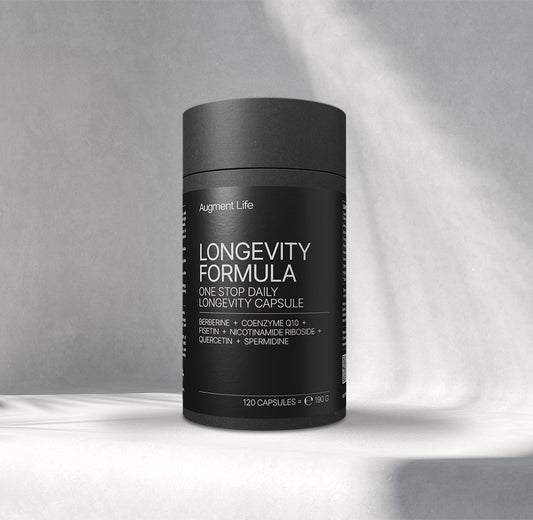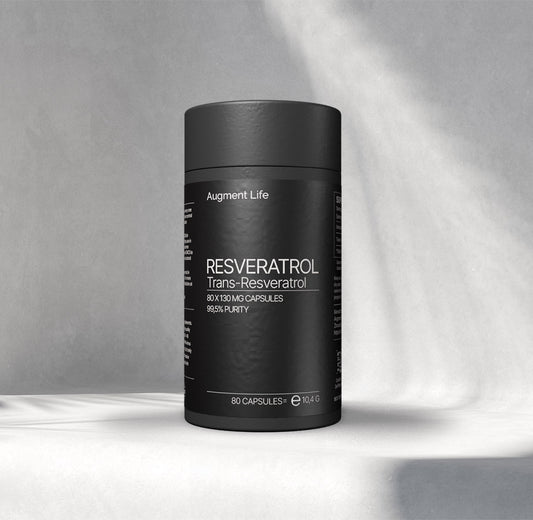Red rice yeast
is the product of white rice fermentation conducted by the yeast Monascus purpureus. Fermented red rice in powder form has been traditionally used in Chinese medicine for centuries.Find out what the health benefits and uses of fermented red rice yeast are by reading the article below.
Fermented red rice yeast
Red rice yeast is a product of rice fermentation with the yeast (fungus) Monascus purpureus. It is a traditional product that has been used in Chinese medicine since 1329, as recorded in Nichiyo-Honzo, a representative book on Chinese herbal medicine of the time.
To produce red rice yeast, rice needs to be soaked in water for a week and then steamed. The leftover yeast from the production of Shaoxing wine, Monascus purpureus, is then added to the steamed rice to ferment it for another week. The fermentation is done in very clean conditions, usually in wide rooms with high ceilings and controlled temperatures1.
Fermented red rice yeast is traditionally used as:
- heart medicine,
- as a material for the production of red wine and fermented bean curd,
- food coloring agent, especially for meat products.
Lately, red rice yeast became a popular food supplement, specifically for the purpose of lowering the levels of cholesterol in blood. Read more about it below.
What is red rice yeast good for?
The greatest advantage of red rice yeast is the substance it contains, called monacolin K (lovastatin). Discovered as early as 1979 in yeast strains named Monascus, monacolin K is now widely used as an inhibitor of cholesterol synthesis. Drugs that perform this and similar functions are named statins and lovastatins, and the Japanese have been using them against cardiovascular diseases for over 30 years.
Therefore, we can use red rice yeast for cholesterol control and for the general health of our cardiovascular system, and several scientific studies and clinical trials confirm this benefit.
Namely, the studies found the following to be true:
- 100 or 200 mg of red rice yeast supplementation significantly lowered levels of LDL- and total cholesterol after 8 weeks in healthy participants with increased plasmaLDL-cholesterol levels of 120 mg/dL or higher 2,
- ingestion of red rice yeast with 3-10 mg of monacolin K significantly reduced hypercholesterolemia 3,
- 1 g of red rice yeast a day significantly lowered LDL- and total cholesterol by 10% in patients with hyperlipidemia 4.
The European Food and Safety Agency claims that "monacolin K from red fermented rice contributes to the maintenance of normal blood cholesterol concentrations and was substantiated at daily intakes of 10 mg monacolin K from any red fermented rice preparation for adults in the general population" 5.
Is red rice yeast safe?
Properly produced and cleanly packaged fermented red rice yeast is safe to use. This is proven by the longtime usage of red rice yeast in traditional Chinese medicine and numerous safety studies.
Moreover, food coloring agents prepared from red rice yeast are also safe to use, as well as products brewed using red rice yeast.
References:
- Fukami H, Higa Y, Hisano T, Asano K, Hirata T, Nishibe S. A Review of Red Yeast Rice, a Traditional Fermented Food in Japan and East Asia: Its Characteristic Ingredients and Application in the Maintenance and Improvement of Health in Lipid Metabolism and the Circulatory System. Molecules. 2021 Mar 15;26(6):1619. doi: 10.3390/molecules26061619.
- Shoji T., Fujii H., Tokai H., Fujimoto S., Wada T., Kawano N., Tsuchikura S., Eiko L., Otsuka Y., Teramura M., et al. A Randomized, Double-blinded, Comparative, Dose-finding Trial to Examine the Cholesterol-lowering Effect of Red Koji in Healthy Volunteers. J. Jpn. Soc. Clin. Nutr. https://www.ncbi.nlm.nih.gov/pmc/articles/PMC8001704/ 2008;29:425–433.
- Heinz T., Schuchardt J.P., Möller K., Hadji P., Hahn A. Low daily dose of 3 mg monacolin K from RYR reduces the concentration of LDL-C in a randomized, placebo-controlled intervention. Nutr. Res. 2016;36:1162–1170. doi: 10.1016/j.nutres.2016.07.005.
- Takemoto M., Yoshino G. Effect of Lovastatin-Containing Red Koji on Plasma Lipid Levels in Hyperlipidemic Subjects. J. Jpn. Soc. Clin. Nutr. 2000;22:39–42.
- Chow, S. (2017)Food Safety Focus (126th Issue, January 2017 ) – Incident in Focus. Red Fermented Rice and Food Safety. Centre for Food Safety. https://www.cfs.gov.hk/english/multimedia/multimedia_pub/multimedia_pub_fsf_126_01.html





